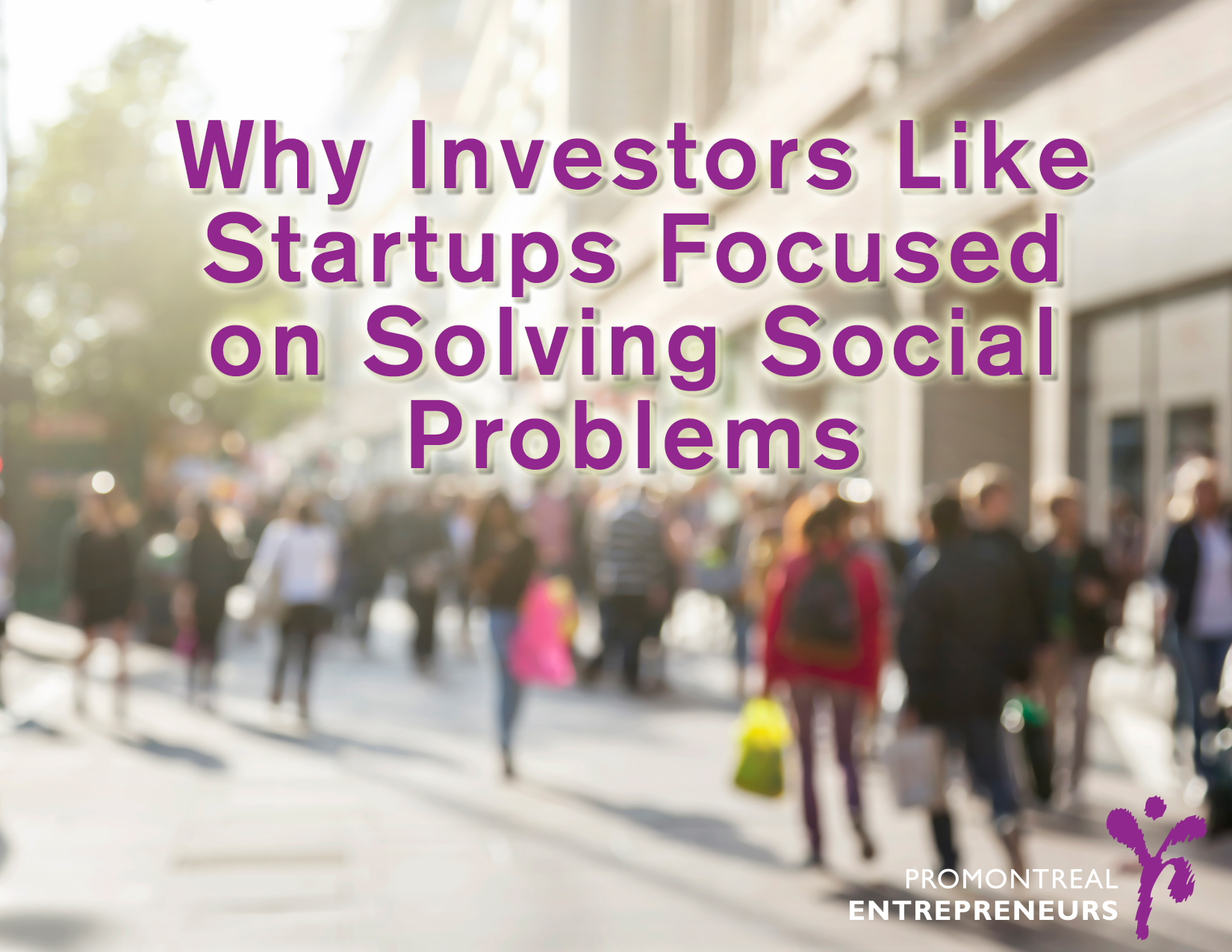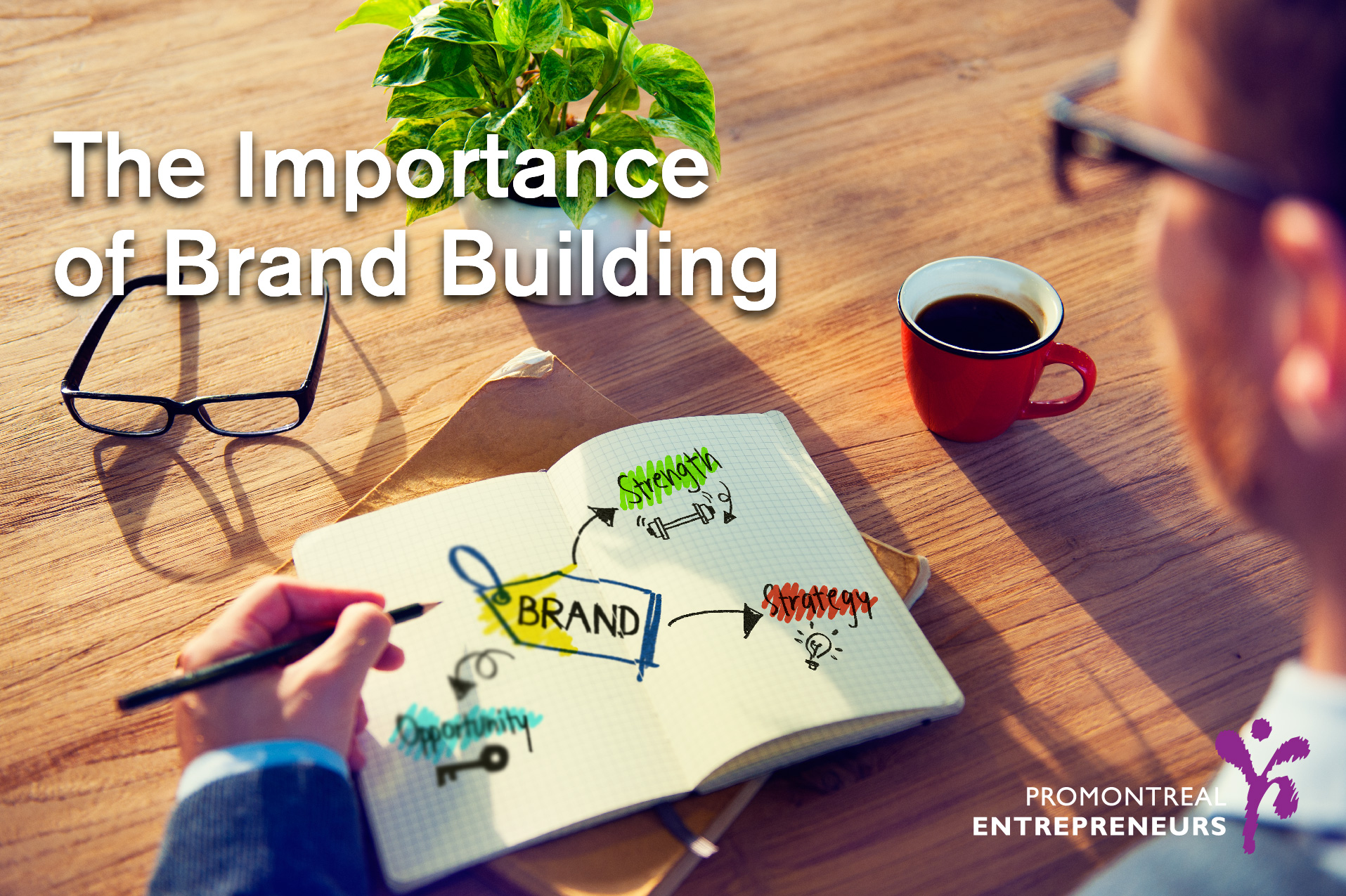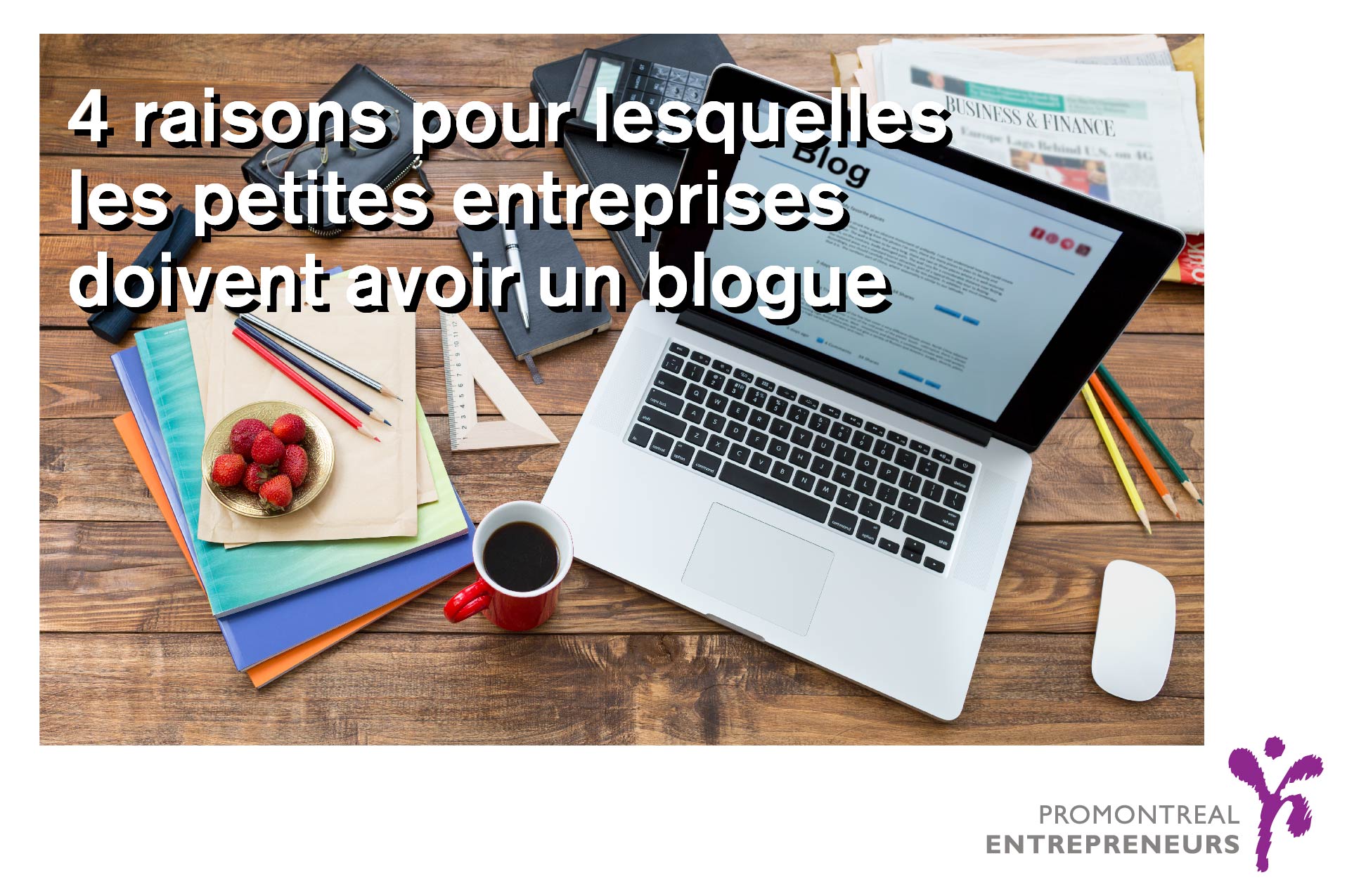
Working with an influencer is a good strategy to expose more people to your business. Utilizing their unique viewpoint, you may ask them to share with their audience their impressions on your product or service. Approaching an influencer about endorsing your good or service can be frightening if you don’t know where to start. Below we have outlined strategies that can help small and medium-sized businesses adopt the best methods for working with influencers.
Transmit a clear offer
To get things going, make a very specific offer so the influencer can decide whether it might be something that works for them and that they are willing to endorse. Make sure to specify the types of posts you want (Stories, TikTok, etc.), the payment amount, the time frame for posting, and the scope of work. Although it will undoubtedly change from there, having a solid starting point makes the process much simpler and will allow the influencer to quickly decide if this is something they are interested in.
Include influencers on your social media pages
On your Instagram and other social media, highlight the work of influencers in your industry. This fulfills a variety of functions. First, folks who follow the influencers may stumble upon you because you connect to their favorite individuals or companies. Then, it’s possible that those same followers will start following you too! Lastly, your support for their brands can even spur well-known influencers to reach out to you to discuss future collaborations.
Allow for creative freedom
Give the influencer you’ve chosen some creative flexibility to carry out your campaign. Since influencers have knowledge from prior experiences, it is generally preferable to have a two-way collaboration when working with them. Certainly, it’s important to offer them a thorough explanation of your ideas, but after that, give them some creative freedom. By doing this, the content you create is distinctive and simultaneously appealing to both of your audiences. Consider it in this manner. You selected this influencer because you enjoy the content they produced. Keep in mind that they are the ones that know their audience the best and what content will appeal to them. Let them provide artistic guidance and asset suggestions.
Set reasonable goals and help
One thing you should remember if you want to work with influencers is that they won’t be able to do everything. You also need to put in some work. Make sure that you’re setting the right expectations for the influencer you are working with. It is important that you supply the appropriate tools ( product samples, information, etc.) to ensure that your product or service is accurately portrayed.
Before approaching an influencer, do some homework. Research them, learn what they like, the people they follow, their areas of interest, and the reasons they enjoy those things. Then, ensure that your brand is appropriately represented in that environment, so that when the influencer posts about it on social media, customers will get an authentic portrayal of what your brand stands for.
Finally, create trust with your influencer from the start so that when they post about your company, it doesn’t feel like simply another paid post, it feels natural and true.
List your deliverables, campaign objectives, hashtags, and tags
Give the influencers you’re working with a one-pager that includes all the information they’ll need for the campaign, such as brand handles, campaign hashtags, the objectives to keep in mind, photo specifications, and brand story, to set them up for success. When shooting and producing the content, it makes their job seamless.
To save costs, collaborate with other brands
By splitting the cost of influencers with partner brands, small businesses can cut spending. When you cohost events, competitions, and influencer outings with other businesses, your company has exposure to even more extensive marketing opportunities than it would ordinarily have. By selecting non-competitor brands, you may still make use of all the collaboration’s advantages without giving up any potential market share.
If you can, pay immediately and on time
Influencers share terrifying tales about companies that are slow to pay or, worse yet, just disappear altogether. Although it’s not always simple to maintain control, it’s crucial to go above and above to ensure timely payment and clear communication about when it will be made. Pay earlier than anticipated as a bonus.
Collaborations with influencers can benefit your company greatly. You can increase brand awareness, foster brand trust, and increase sales by collaborating in meaningful ways.
Use the most effective influencer collaboration strategies now that you are aware of them.








 Pour ceux d’entre vous qui ne sont pas familiarisés avec Etsy, il s’agit d’une communauté d’acheteurs et de vendeurs en ligne qui se concentrent surtout sur des produits faits à la main et des articles millésimés. Etsy permet aux vendeurs de personnaliser des boutiques en ligne avec des solutions complètes de commerce électronique. Cette plateforme a permis à plusieurs personnes de transformer un passe-temps en une entreprise à plein régime. Si vous êtes une petite entreprise ou une personne qui veut tout simplement métamorphoser un passe-temps en une source de revenus, voici quelques raisons pour lesquelles vous devriez avoir une boutique Etsy.
Pour ceux d’entre vous qui ne sont pas familiarisés avec Etsy, il s’agit d’une communauté d’acheteurs et de vendeurs en ligne qui se concentrent surtout sur des produits faits à la main et des articles millésimés. Etsy permet aux vendeurs de personnaliser des boutiques en ligne avec des solutions complètes de commerce électronique. Cette plateforme a permis à plusieurs personnes de transformer un passe-temps en une entreprise à plein régime. Si vous êtes une petite entreprise ou une personne qui veut tout simplement métamorphoser un passe-temps en une source de revenus, voici quelques raisons pour lesquelles vous devriez avoir une boutique Etsy. Si en tant que propriétaire de petite entreprise, vous envisagez de commencer un blogue, arrêtez de considérer la question et commencez à écrire. Plus d’excuses!
Si en tant que propriétaire de petite entreprise, vous envisagez de commencer un blogue, arrêtez de considérer la question et commencez à écrire. Plus d’excuses!  Crowdfunding platforms, such as Kickstarter and Indiegogo, have become mainstream in the past few years. There are many reasons why early stage entrepreneurs have turned to crowdfunding. Some of these reasons include not wanting to take out more debt, validating product market fit or simply to create a brand following. Crowdfunding serves many
Crowdfunding platforms, such as Kickstarter and Indiegogo, have become mainstream in the past few years. There are many reasons why early stage entrepreneurs have turned to crowdfunding. Some of these reasons include not wanting to take out more debt, validating product market fit or simply to create a brand following. Crowdfunding serves many